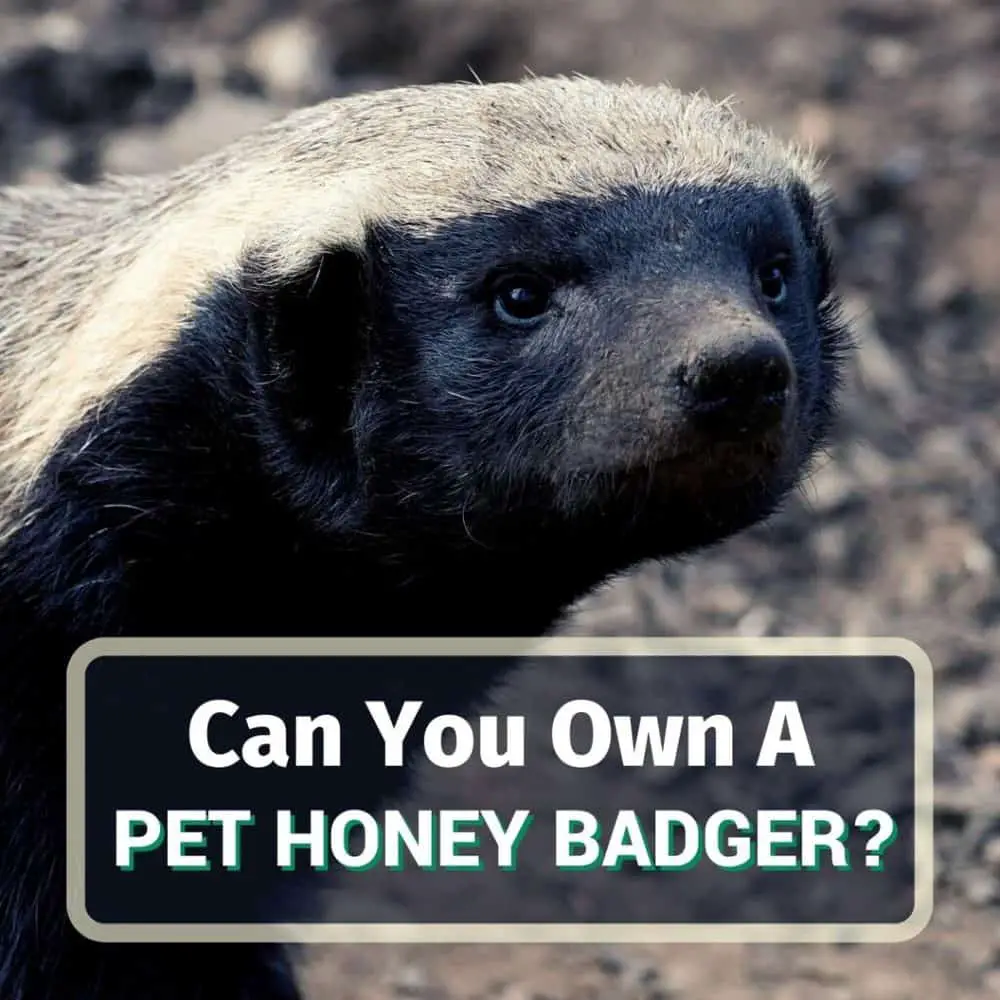Do Bisons and Buffalos make good pets? No, they don’t! Even though it might be reasonable to raise them for meat, they make exceptional bad pets. If you wonder weigh it wouldn’t be a wise choice to keep one in your backyard, read on.
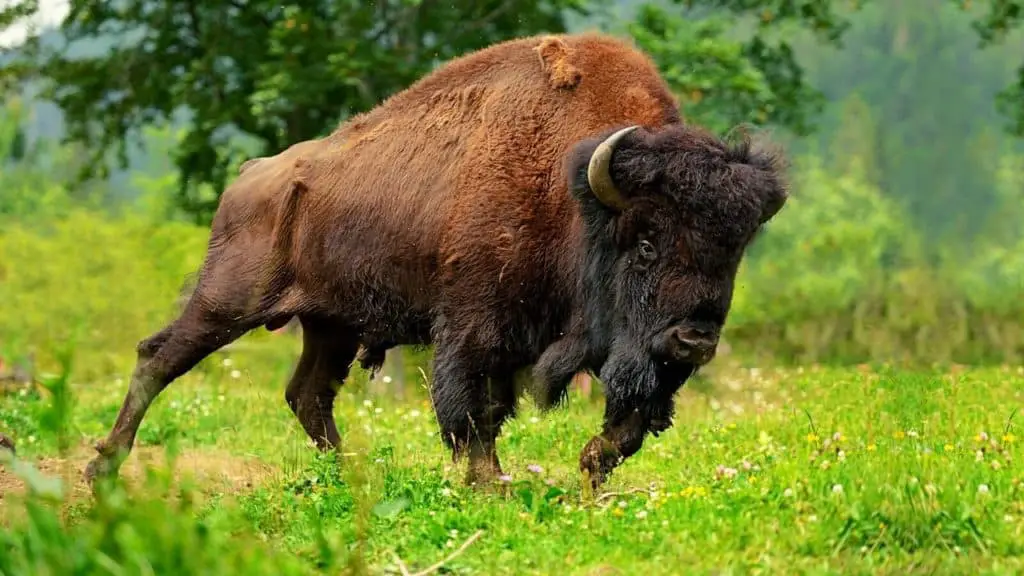
Difference Between Bisons And Buffalos
Bison and buffalo are different animals even though they belong to the same family – Bovidae. They live on separate continents. Bison are native to North America and parts of Europe, while buffalo are native to southern Asia and Africa.
One thing they have in common? Keeping a pet buffalo or pet bison isn’t a good idea.
Buffalo
Buffalos are smaller than bison, less furry, and do not have the hump that bison possess. There are two types of buffalos – water and cape. Buffalos are often easily domesticated and used for their milk and as work animals. However, most buffalos are wild and live in western Africa and along the plains of southern and eastern Africa.
Bison
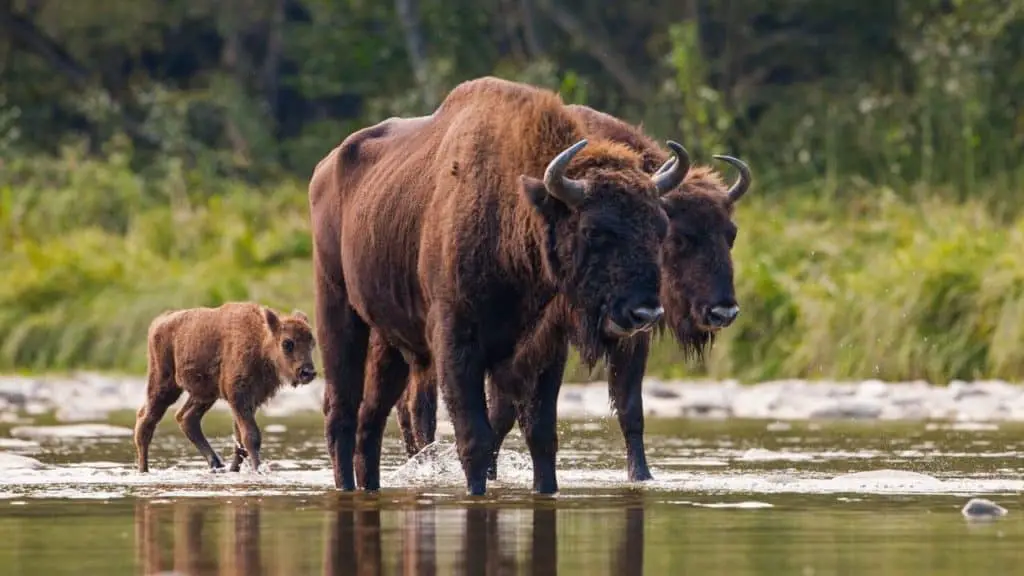
Two types of bison exist – American and European. Both are known for their size, large heads, smaller horns, and large hump. The American bison is the national mammal of The United States of America. This includes the “white buffalo,” which is a bison with notable white fur.
Bison are often raised for meat and are a low-fat, lower cholesterol alternative to beef. So, can you tell the difference at a glance? There are several ways:
- Bison have a large hump on their backs – buffalo do not
- Bison are a lot bigger, even though both animals are giant
- Bison are shaggier
- Buffalo can have large, sharp horns while bison horns are small and duller
- Buffalo have straight backs while bison have large shoulders and a sloping back
The other tell-tale sign between the two animals is the size of their heads. Buffalo heads are proportionate to their size. Bison have giant heads. If you need one defining characteristic to determine what you’re looking at, “use your head”!
Is It Legal To Own A Buffalo or Bison?
Many states have laws about buffalo and bison ownership. Bison and buffalo are both raised for meat, which means most states have no laws or requirements about ownership. States that do have laws require permits or certification (of purity of the breed).
There are three states – Arizona, Utah, and South Carolina, that ban ownership entirely. However, the following states allow almost any type of ownership – even as pets – if you obtain a permit:
- Arkansas
- California
- Colorado
- Georgia
- Kentucky
- Montana
- Missouri
- Nevada
- New Hampshire
- New Jersey
- Oklahoma
- Oregon
- Tennessee
- Wyoming
If your state is not on either of these lists, there are no clear rules about ownership of a buffalo or bison, including restrictions and prohibitions. It’s best to contact your local or state government if you have any questions or need clarification on livestock and farming. Remember, the same laws apply to miniature bison.
Are Buffalos And Bison Domesticated?
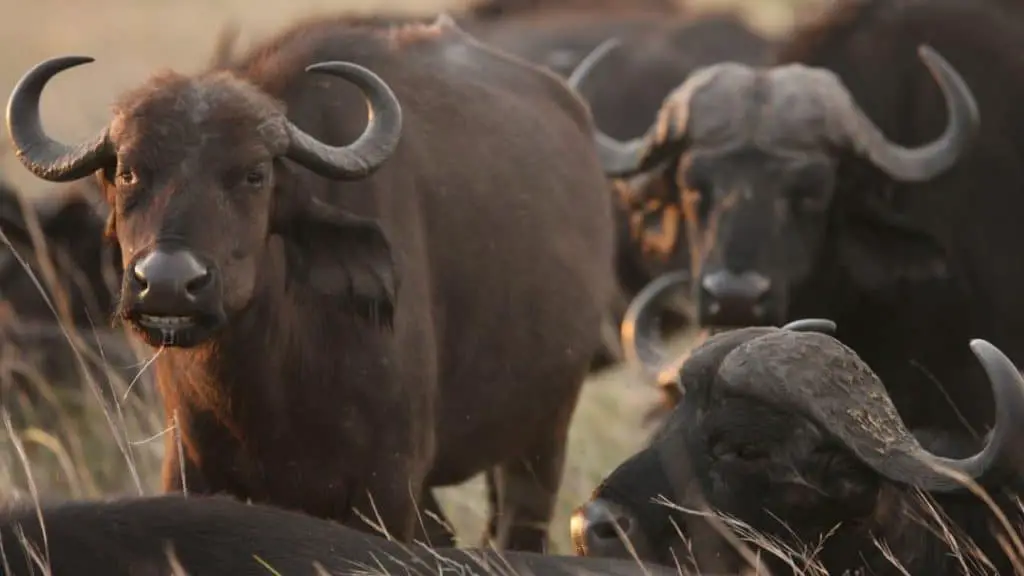
Buffalos were domesticated centuries ago, and in Asia, Africa, and South America they haul water, plow fields and help harvest rice. Buffalos are also a source of milk, and in many places, used as a substitute for cow milk.
Bison are not domesticated. When threatened, they run and can stampede. They also do all they can to escape enclosures, including pastures. In most cases, the only thing keeping them in captivity is an electrified fence or a dependence on a food source.
Both Are Giant Animals
Bison are the largest native mammals in North America. While not as heavy as an elephant, bison do weigh about as much as a small, adult hippo. Adult male bison grow to be about 2,000 pounds, while water buffalo tend to top out at around 1,300 pounds.
Bison can grow up to 12 feet long. Buffalos grow to about 10 feet. Both stand at just about 6 feet tall, though buffalos are slightly shorter.
Even at birth, a buffalo or bison calf can be the size of a large dog. It’s not like keeping a cute pet seal. They’ll grow quickly and can become too much to handle without the right amenities in place.
Both Cost A Lot
The average bison sells for between $1,200 to $2,200 for a yearling. Prized bulls can sell for as much as $12,000. Additionally, the average cost of care per day is about $3 for an adult.
That seems reasonable until you consider that bison and buffalo are social animals. They do not do well all by themselves, so having one pet buffalo is out of the question. To have a pet bison and to keep it healthy, you’ll need to plan on buying several so they can socialize and thrive.
You’ll Need a Lot of Land
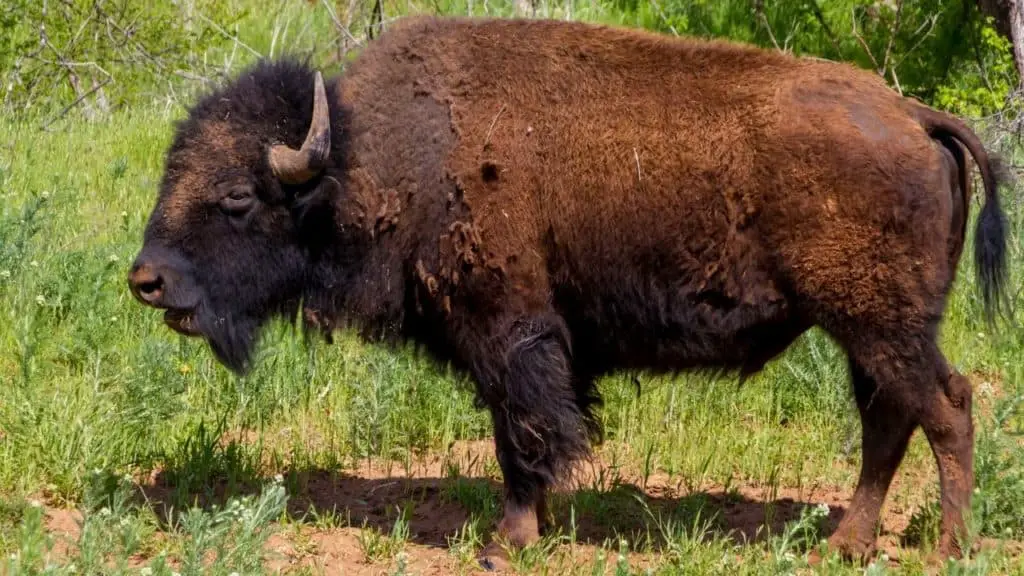
You’ll need about 5 acres of land to raise two adult bison safely. Buffalos do not need as much land, but you should still plan for over an acre per animal. To raise a herd of bison, you’ll need at least 100 acres.
If you do not have enough land to raise either, they will strip the land of its nutrients quickly because they aren’t able to get enough food.
They Can Be Dangerous
You’ve undoubtedly heard about the lion trainer or zoo employee that, after years of working with a wild animal, gets attacked by that same creature. Buffalo and bison are no different. They might not try and eat you like a lion or tiger, but they are still wild animals.
Both animals are ½-1.5 tons of pure muscle. Even if one was only playing around, animals that big can do a lot of damage quickly. If the animal lashed out because it was startled, the person that took the brunt of the attack wouldn’t stand a chance.
Are There Buffalos Or Bison For Sale?
Most bison get sold at livestock markets and auctions. You can also pursue purchasing one through online resources. Ranchers that raise bison for meat are the usual buyers.
In North America, at least, buying a buffalo is a much larger challenge. Few people want one as a pet and most buffalo are located thousands of miles from anyone in North America. Buffalos are available via online resources that sell exotic animals.
Owning either animal presents a lot of challenges. Those include but are not limited to:
- Land requirements, which most people do not possess
- Medical examinations and procedures based on state requirements
- Purchasing permits
- Transporting them to a new home requires a large truck and trailer
If you are a rancher or farmer, owning either bison or buffalo may make sense, but for everyone else, ownership generally isn’t a good idea.


